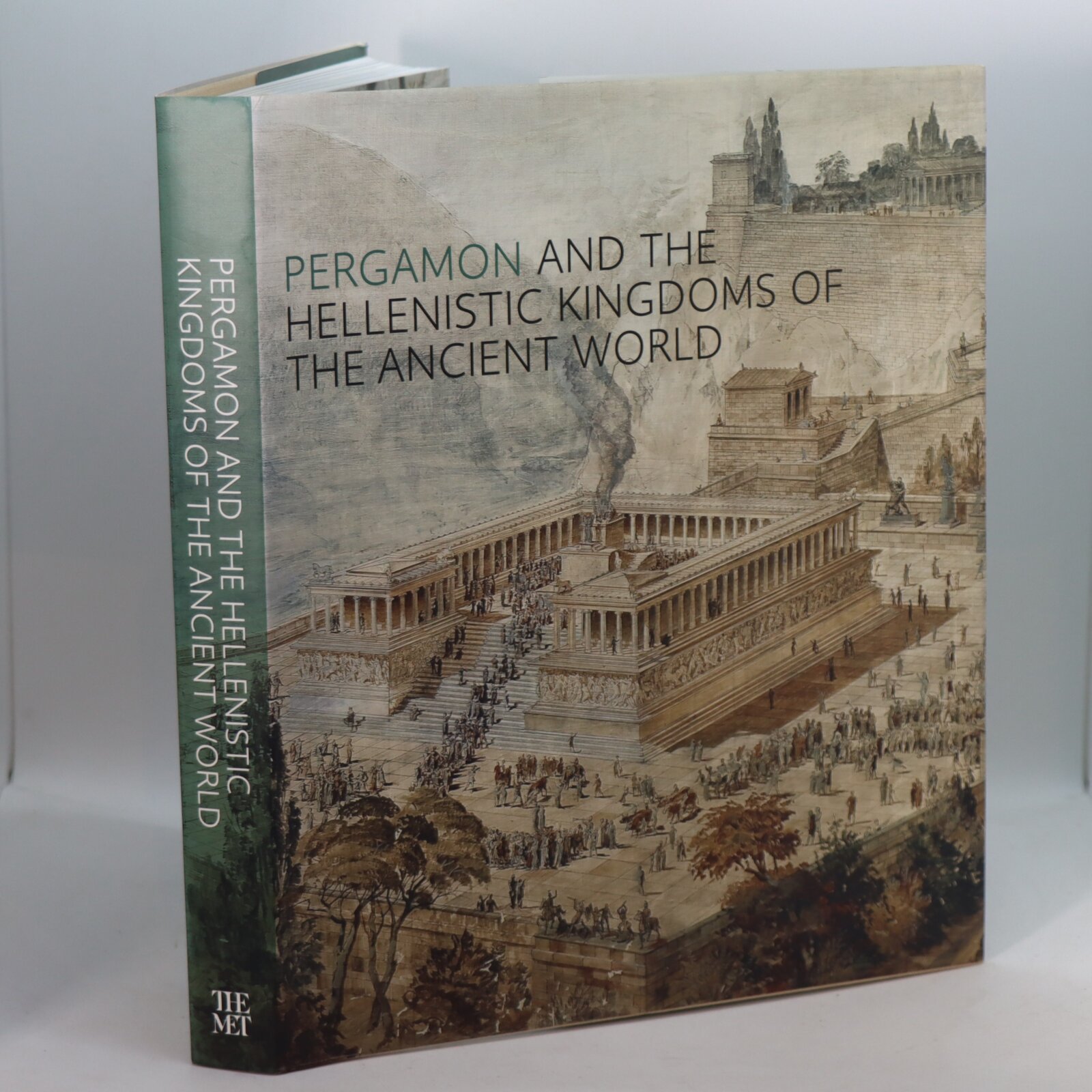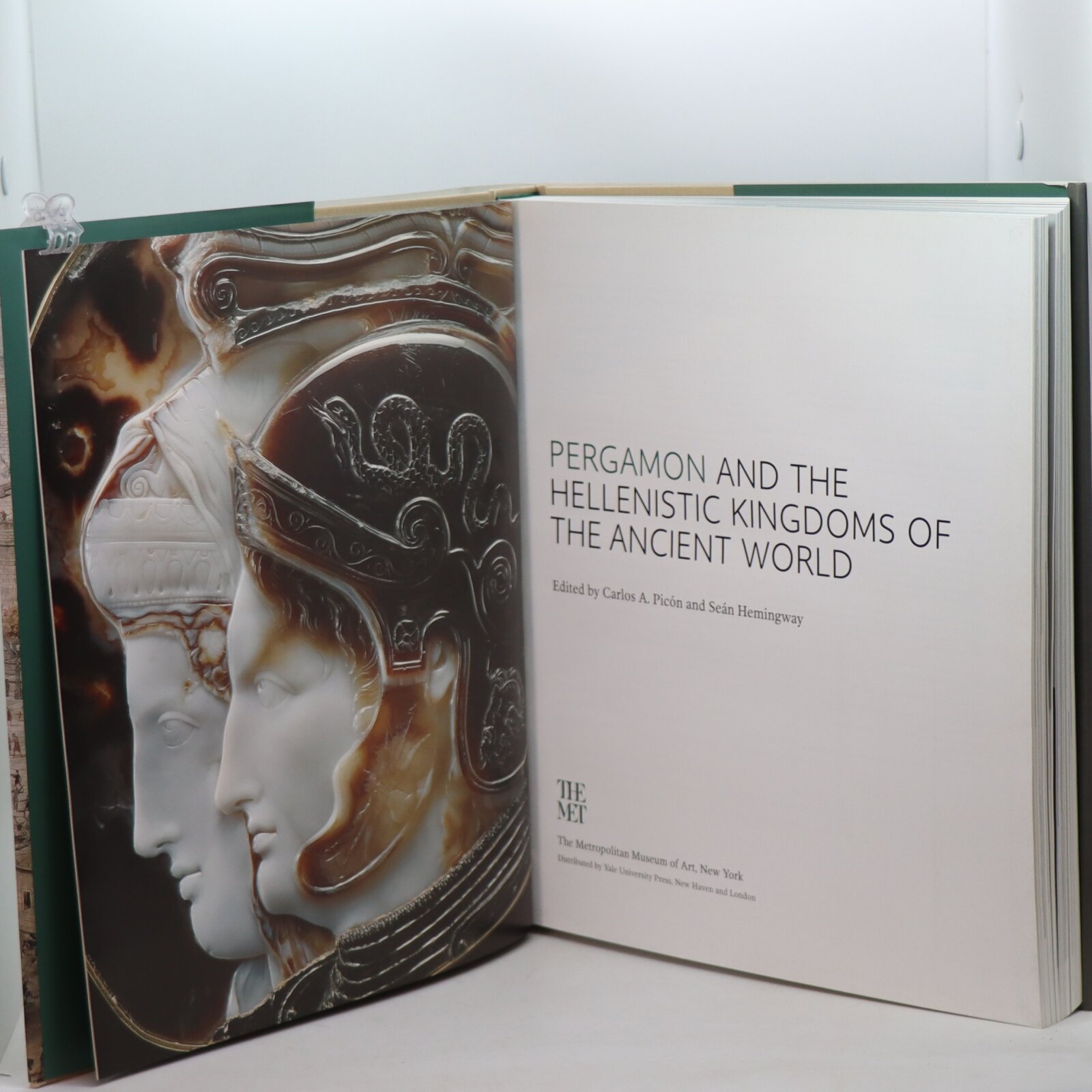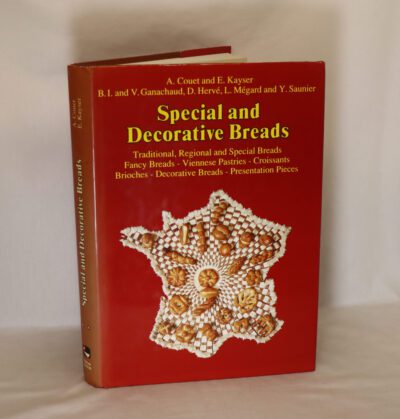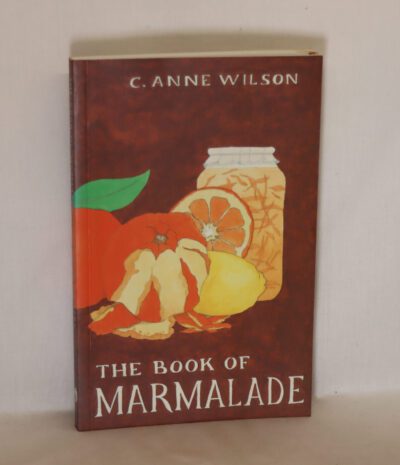Pergamon and the Hellenistic Kingdoms of the Ancient World.
ISBN: 9783110684384
Printed: 2016
Publisher: The Metropolitan Museum of Art. New York
Edition: First edition
| Dimensions | 25 × 29 × 3 cm |
|---|---|
| Language |
Language: English
Size (cminches): 25 x 29 x 3
Condition: Fine (See explanation of ratings)
Your items
Item information
Description
In the original dustsheet. Sand cloth binding with gilt title on the spine.
F.B.A. provides an in-depth photographic presentation of this item to stimulate your feel and touch. More traditional book descriptions are immediately available
The conquests of Alexander the Great transformed the ancient world, making trade and cultural exchange possible across great distances. Alexander’s retinue of court artists and extensive artistic patronage provided a model for his successors, the Hellenistic kings, who came to rule over much of his empire. For the first time in the United States, a major international loan exhibition will focus on the astonishing wealth, outstanding artistry, and technical achievements of the Hellenistic period—the three centuries between Alexander’s death, in 323 B.C., and the establishment of the Roman Empire, in the first century B.C.
This exhibition will bring together some 264 artworks that were created through the patronage of the royal courts of the Hellenistic kingdoms, with an emphasis on the ancient city of Pergamon. Examples in diverse media—from marble, bronze, and terracotta sculptures to gold jewelry, vessels of glass and engraved gems, and precious metals and coins—reveal the enduring legacy of Hellenistic artists and their profound influence on Roman art. The ancient city of Pergamon (now known as Bergama, in present-day Turkey) was the capital of the Attalid Dynasty that ruled over large parts of Asia Minor.
The exhibition represents a historic collaboration between The Met and the Pergamon Museum in Berlin, whose celebrated sculptures will comprise approximately one-third of the works on view. Numerous prominent museums in Greece, the Republic of Italy, other European countries, Morocco, Tunisia, and the United States will also be represented, often through objects that have never before left their museum collections.
The conquests of Alexander the Great transformed the ancient world, making trade and cultural exchange possible across great distances. Alexander’s retinue of court artists and extensive artistic patronage provided a model for his successors, the Hellenistic kings, who came to rule over much of his empire. For the first time in the United States, a major international loan exhibition will focus on the astonishing wealth, outstanding artistry, and technical achievements of the Hellenistic period—the three centuries between Alexander’s death, in 323 B.C., and the establishment of the Roman Empire, in the first century B.C.
This exhibition will bring together some 264 artworks that were created through the patronage of the royal courts of the Hellenistic kingdoms, with an emphasis on the ancient city of Pergamon. Examples in diverse media—from marble, bronze, and terracotta sculptures to gold jewellery, vessels of glass and engraved gems, and precious metals and coins—reveal the enduring legacy of Hellenistic artists and their profound influence on Roman art. The ancient city of Pergamon (now known as Bergama, in present-day Turkey) was the capital of the Attalid Dynasty that ruled over large parts of Asia Minor.
The exhibition represents a historic collaboration between The Met and the Pergamon Museum in Berlin, whose celebrated sculptures will comprise approximately one-third of the works on view. Numerous prominent museums in Greece, the Republic of Italy, other European countries, Morocco, Tunisia, and the United States will also be represented, often through objects that have never before left their museum collections.
Want to know more about this item?

Share this Page with a friend













